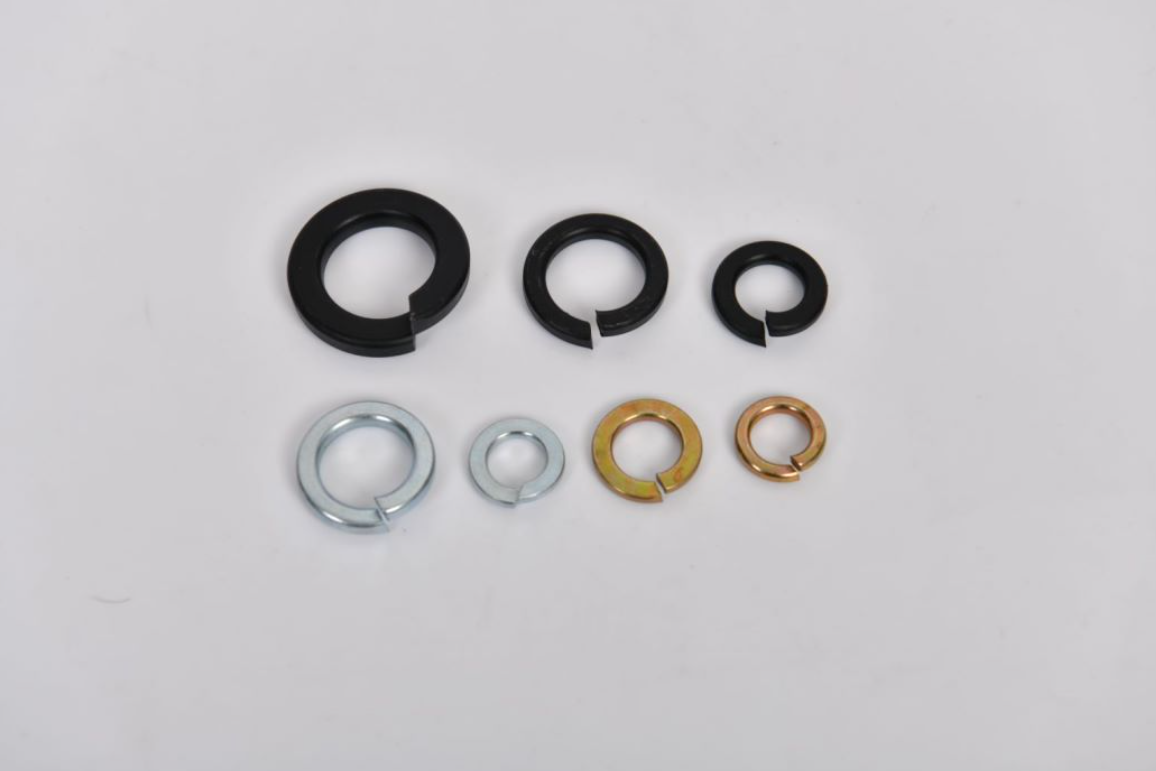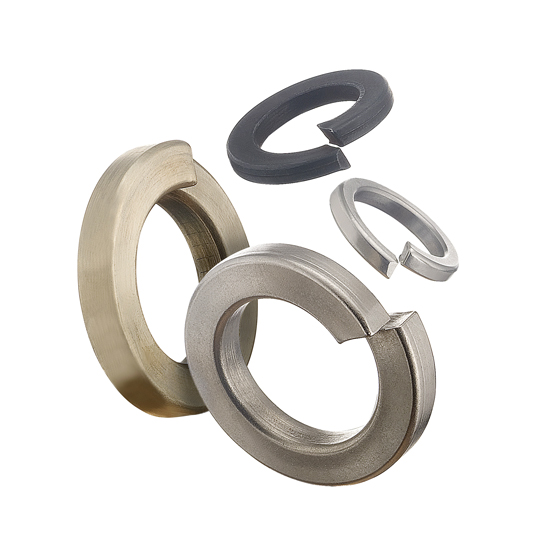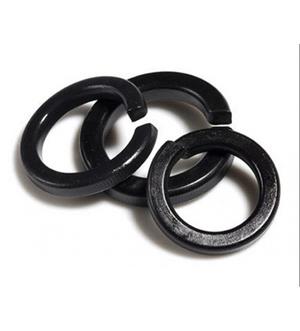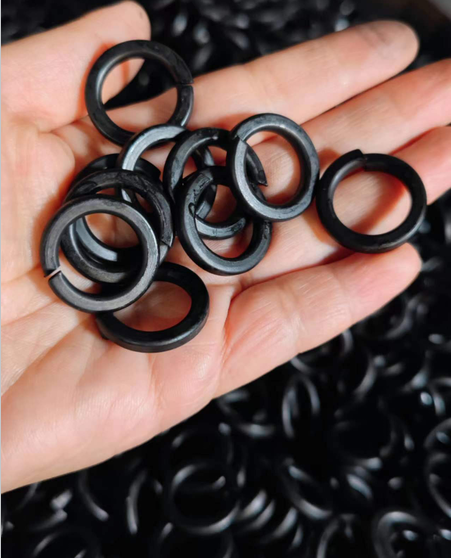RONDELLE RESSORT
The spring washer is usually a spiral metal washer, which looks like a small spring. It has a certain elasticity and a certain distance and height in the natural state. Its inner diameter is generally slightly larger than the diameter of the bolt or screw used with it to facilitate installation. For example, for M6 bolts, the inner diameter of the spring washer is about 6.1-6.3mm, which can ensure that the washer can be smoothly sleeved on the bolt.
The biggest advantage of spring washer is its excellent anti-loosening performance. In vibration environment, compared with other types of washers such as flat washers, it can prevent bolts from loosening more effectively. Moreover, the structure of the spring washer is relatively simple, the cost is low, the installation is convenient, and no additional complicated tools or equipment are needed. At the same time, due to its elasticity, it can also compensate the tiny size difference between the connecting parts to a certain extent, so that the connection is closer.
-

Les rondelles élastiques sont un sous-type de rondelles de forme conique pour les empêcher de reposer contre une surface sans la présence d'une charge. Ils sont conçus pour fournir une force de ressort et absorber les chocs en fournissant une charge axiale qui contrecarre les vibrations. En conséquence, les rondelles élastiques peuvent empêcher considérablement les fixations de se desserrer avec le temps.
-

Les rondelles élastiques DIN127 sont un sous-type de rondelles de forme conique pour les empêcher de reposer contre une surface sans la présence d'une charge. Ils sont conçus pour fournir une force de ressort et absorber les chocs en fournissant une charge axiale qui contrecarre les vibrations. En conséquence, les rondelles élastiques peuvent empêcher considérablement les fixations de se desserrer avec le temps.
-

DIN127 Spring washers are a subtype of washers that are conical in shape to prevent them from res
-

Les rondelles élastiques sont un sous-type de rondelles de forme conique pour les empêcher de reposer contre une surface sans la présence d'une charge. Ils sont conçus pour fournir une force de ressort et absorber les chocs en fournissant une charge axiale qui contrecarre les vibrations. En conséquence, les rondelles élastiques peuvent empêcher considérablement les fixations de se desserrer avec le temps.
Shape Design of Spring Washer
Spiral shape: The spiral shape of the spring washer is its core design feature. This shape makes it elastic, which can deform and store elastic potential energy when it is subjected to axial pressure. The number of turns, pitch and other parameters of the spiral have an important influence on its performance.
Generally speaking, the more turns, the larger the elastic deformation range and the longer the elastic force can be provided; The size of the pitch will affect the deformation mode and elastic force of the gasket in the compression process, and a smaller pitch may make the gasket produce a larger elastic force at the initial stage of compression. For example, a common spring washer has 3-5 turns, and the pitch varies within a certain range according to the specifications and uses of the washer.
Design of inner and outer diameters: The inner diameter of the spring washer should be designed to ensure that it can be smoothly sleeved on the bolt or screw, and at the same time, it should not be too large to avoid shaking on the bolt and affecting the locking effect. Usually, the inner diameter is about 0.1-0.3mm larger than the bolt diameter. The size of the outer diameter mainly considers its coverage and pressure distribution on the surface of the connected object.
The larger outer diameter can make the pressure distribution more uniform, but it is also limited by the installation space. When designing the spring washer, the inner and outer diameters should be determined according to the specific application scenarios and connection requirements, so that it can not only meet the installation requirements, but also effectively play the functions of locking and dispersing pressure.
Material Selection and Performance Requirements of Spring Washer
Material selection: spring washers are mainly made of spring steel, such as 65Mn and 50CrVA. 65Mn steel has high strength and elastic limit, and its manganese content is high, which makes the steel have good hardenability. After quenching and tempering, it can meet the elastic requirements of spring washer. 50CrVA spring steel contains elements of chromium (Cr) and vanadium (V).
Chromium can improve the hardness and wear resistance of steel, while vanadium can refine the grain and improve the toughness and elasticity of steel, so it is suitable for occasions with high requirements on elasticity and fatigue performance. In addition, in some special circumstances, such as occasions with high corrosion resistance, stainless steel will also be used to make spring washers, but its elastic performance may need to be guaranteed by special processing technology.
Performance requirements: the spring washer should have good elasticity, and its elasticity should remain relatively stable within a certain deformation range. This requires that the elastic modulus of the material is appropriate, and the material will not show obvious elastic decline during the long-term compression and relaxation cycle.
At the same time, the spring washer should also have sufficient strength and hardness to withstand the pressure during tightening and the external impact that may be encountered during use. For example, its yield strength should meet the requirement that plastic deformation does not occur under the maximum pre-tightening force, and its hardness should ensure that it will not be easily damaged during installation and use.



